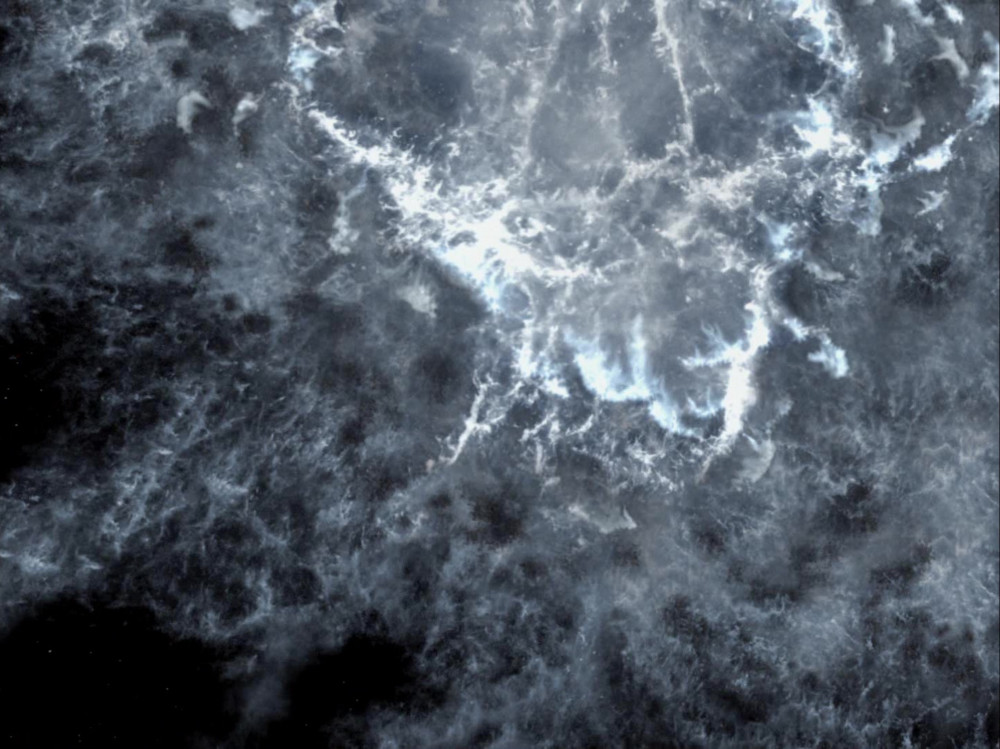nova
A nova was a star that underwent a sudden, temporary outburst of energy, shining at hundreds or thousands of times its normal brightness. A nova was also called a supernova when it produced billions of times its normal brightness. Following the explosion, the core of the star typically became either a neutron star or, more rarely, a black hole. A nova released immense amounts of gamma radiation, sufficient to cause the extinction of organic life on planets within a dozen light years' radius.[1]
There were two types of supernovae. In a Type I supernova, a white dwarf accumulated mass from an orbiting companion star, typically a red or blue giant. Eventually, the mass became greater than the white dwarf can support, causing it to collapse in on itself. The implosion caused the core to rapidly heat, fusing its carbon atoms into nickel, cobalt, and iron, resulting in a massive explosion. A Type II supernova occured in a star of at least eight stellar masses. At the end of its life, nuclear fusion converted most of the lighter atoms in the core into iron, a process known as stellar nucleosynthesis. Iron atoms could not typically fuse into heavier elements within a stellar core; when the mass of the iron in the core exceeded 1.4 stellar masses, the core could no longer support its own mass, causing it to implode. In less than one second, all of the electrons and protons in the core would merge into neutrons. The outer layers would implode onto the neutronium core, then rebound outward in a massive shockwave.[1]
In 2269, the U.S.S. Enterprise NCC-1701 was sent to investigate the planet Sarpeidon before its star went nova.[2]
Notes and References
- ↑ Jump up to: 1.0 1.1 Bormanis, Andre. Star Trek: Science Logs. Pocket Books, March 1998.
- ↑ Roddenberry, Gene (Executive Producer) and Freiberger, Fred (Producer). "All Our Yesterdays." Star Trek, Season 3, Episode 23. Directed by Marvin Chomsky. Written by Jean Lisette Aroeste. Paramount Pictures Corporation, 14 March 1969.

